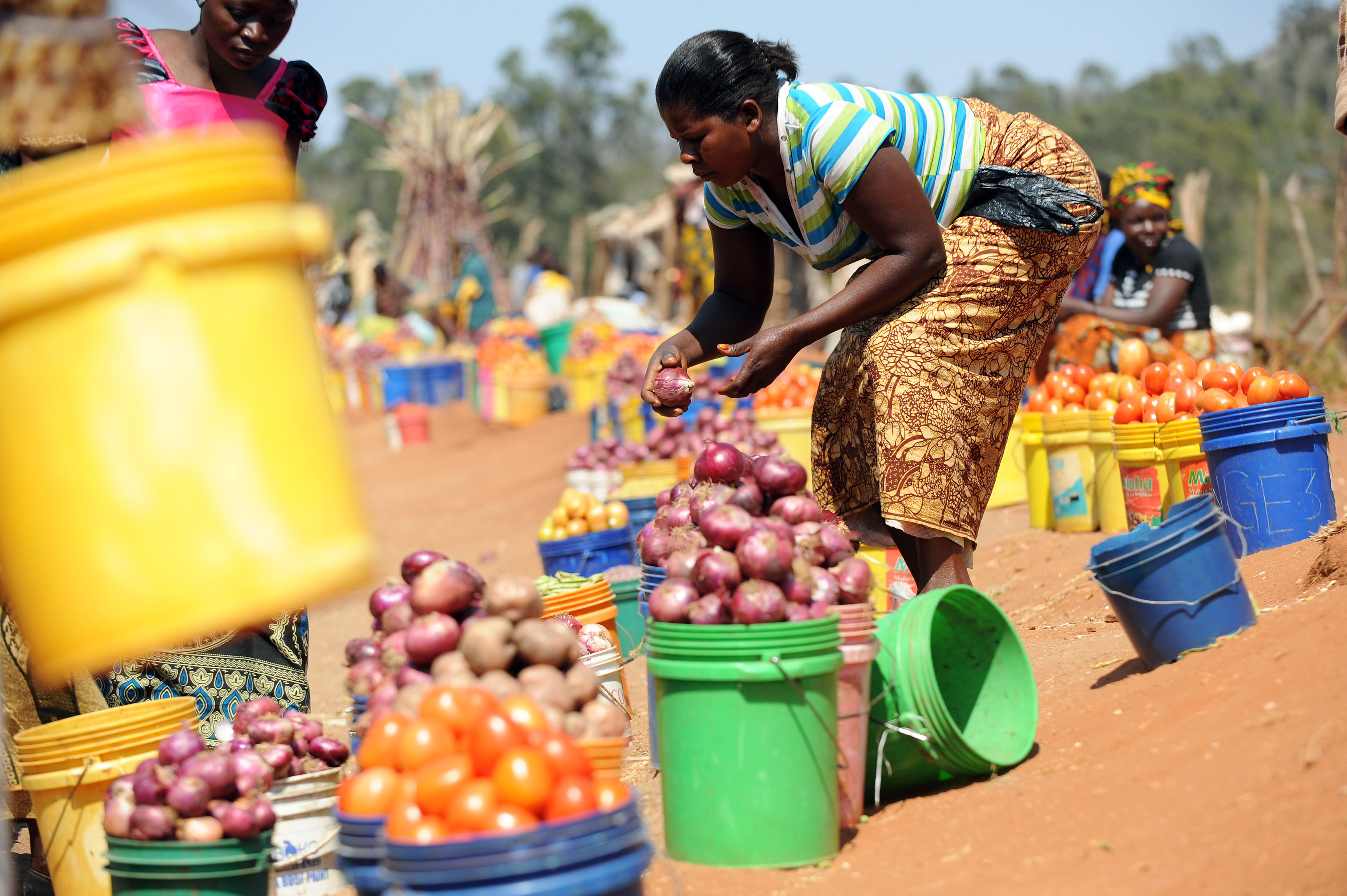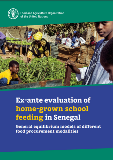Local economy-wide impact evaluation (LEWIE)

©FAO/Simon Maina
| Tags | |
|---|---|
| Countries | Senegal United Republic of Tanzania |
| Start date | 29/09/2019 |
| Status | Ongoing |
| Donor | Italy |
| Recipient / Target Areas | Senegal, United Republic of Tanzania |
| Objective / Goal | Local economy-wide impact evaluation (LEWIE) links models of treated and non-treated individual actors (traders, farmers, other producers and households, schools, firms, etc.) to general equilibrium models of local economies, explicitly capturing interactions among actors while evaluating the total economic impacts of development programmes. LEWIE models are estimated with microdata from surveys carried out as part of programme evaluations. Thus, they provide the micro focus needed to realistically simulate programme impacts. |
| Partners | Italian Aid Agency |
| Contact | [email protected] |
| SDG(S) | |
|
There is a rich tradition in economics of using micro survey data to construct models of agricultural households that are both producers and consumers of food (Singh et al. 1986). LEWIE begins by estimating household-farm models for programme eligible and ineligible household groups, then it “nests” these models within a general-equilibrium model of a region of interest. The household models describe each group’s productive activities, income sources, and consumption expenditure patterns. In a typical model, households participate in activities such as crop and livestock production, retail, and other business activities, as well as in the labour market. Productive activities combine various factors (e.g., hired labour, family labour, land, capital) and intermediate inputs (fertilizer, seed, and a variety of purchased inputs) to produce an output (crop harvest, livestock-by-products, a service), which may be consumed by the household or sold to others. Production functions are estimated for each activity and household group econometrically, using microdata. Household groups can purchase goods and services locally or outside the region. Beneficiaries create spillovers to non-beneficiaries by spending cash on the goods and services non-beneficiaries provide. Non-beneficiaries create spillovers to both beneficiaries and other non-beneficiaries by spending their income on goods and services other households provide. Survey data are used to estimate econometrically how changes in income affect expenditures by both beneficiary and non-beneficiary households. Local trade links households within a village, and regional trade links villages to each other and to regional commercial centres. The whole region also interacts with the rest of the country, importing and exporting goods and possibly selling labour. Equations in the LEWIE model ensure that prices adjust to clear markets for goods and services not traded with outside markets (nontradables), and that trade adjusts to clear the markets for goods traded with outside markets (tradables). |
|
| Related publications |
.tmb-th600x450.jpg?Culture=en&sfvrsn=2e1467d4_1)
Local economy-wide impact evaluation of the United Republic of Tanzania’s. Productive Social Safety Nets15/03/2023To reduce extreme poverty and break its intergenerational transmission, in 2012 the Government of the United Republic of Tanzania initiated the Productive Social Safety Net (PSSN) – the flagship social protection programme implemented by the Tanzania Social Action Fund (TASAF). A randomized impact evaluation was embedded within the scaled-up design of the PSSN. To complement it, in this study we analyse the indirect effects of the PSSN on the overall local economy. 
A local general-equilibrium emergency response modeling approach for sub-Saharan Africa01/07/2022This article describes an unusual micro general-equilibrium (GE) modeling approach that we developed to quickly simulate impacts of the pandemic and lockdowns on poor and non-poor rural and urban households across sub-Saharan Africa. 
Ex-ante evaluation of home-grown school feeding in Senegal.05/04/2023This report presents the results of a simulation analysis of different food procurement modalities employed by Senegal’s current school feeding programme (SFP) by using local economy-wide impact evaluation (LEWIE). The LEWIE methodology was designed to capture both the direct and the indirect impacts of a wide range of governmental programmes and policies in local economies. |
